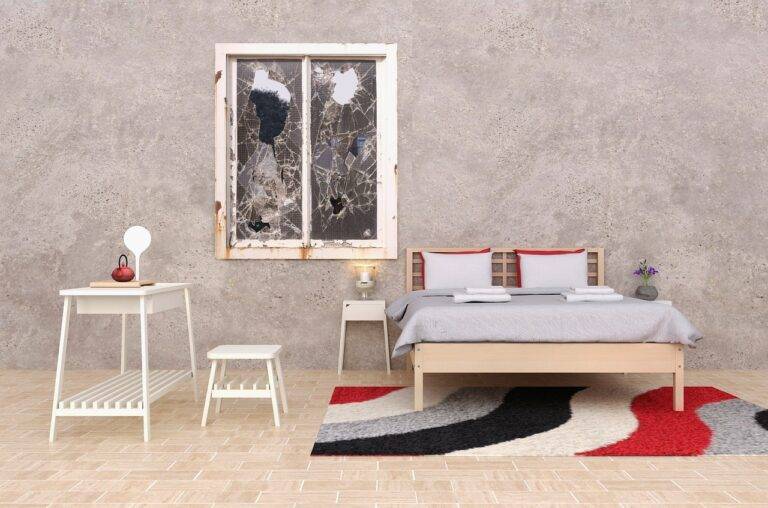The Rise of Eco-Friendly Home Design: Building Sustainable and Energy-Efficient Houses
Eco-friendly home design offers numerous advantages to both homeowners and the environment. By incorporating sustainable materials and energy-efficient technologies, eco-friendly homes help reduce carbon footprints and promote a healthier living environment. These homes are designed to optimize energy consumption, leading to lower utility bills and long-term cost savings for homeowners.
Additionally, eco-friendly home designs often prioritize natural light, ventilation, and green spaces, creating a more comfortable and aesthetically pleasing living space. The use of non-toxic materials in eco-friendly homes also contributes to improved indoor air quality, reducing health risks associated with harmful chemicals and pollutants. Overall, the adoption of eco-friendly home design principles not only benefits individual homeowners but also helps in the collective effort towards a more sustainable and environmentally conscious society.
Innovative Materials and Technologies for Sustainable Homes
To enhance the sustainability of modern homes, incorporating innovative materials and technologies has become a pivotal focus for homeowners and designers alike. The utilization of materials like recycled glass, bamboo, and reclaimed wood not only reduces environmental impact but also adds a unique aesthetic appeal to the living space. Furthermore, advancements in technologies such as solar panels, energy-efficient appliances, and smart home systems provide homeowners with the means to decrease energy consumption and lower utility costs.
As the demand for eco-friendly living spaces grows, the development of new sustainable materials and technologies continues to expand. From green roofs that offer natural insulation and reduce stormwater runoff to passive solar designs that maximize natural light and heat, the possibilities for creating sustainable homes are endless. By embracing these innovative materials and technologies, homeowners can create spaces that not only benefit the environment but also promote a healthier and more comfortable lifestyle.
What are the benefits of eco-friendly home design?
Eco-friendly home design helps reduce energy consumption, lower utility bills, decrease carbon footprint, improve indoor air quality, and promote sustainability for future generations.
What are some innovative materials used in sustainable homes?
Some innovative materials used in sustainable homes include bamboo, recycled glass, reclaimed wood, cork, and straw bales.
How do technologies contribute to sustainable homes?
Technologies such as solar panels, smart thermostats, energy-efficient appliances, and greywater recycling systems help reduce energy consumption and make homes more sustainable.
Are sustainable homes more expensive to build?
While the initial cost of building a sustainable home may be higher, the long-term savings on utility bills and maintenance costs often outweigh the upfront expenses.
How can homeowners incorporate sustainability into their existing homes?
Homeowners can incorporate sustainability into their existing homes by upgrading insulation, installing energy-efficient windows, using low-flow fixtures, and switching to LED lighting.





